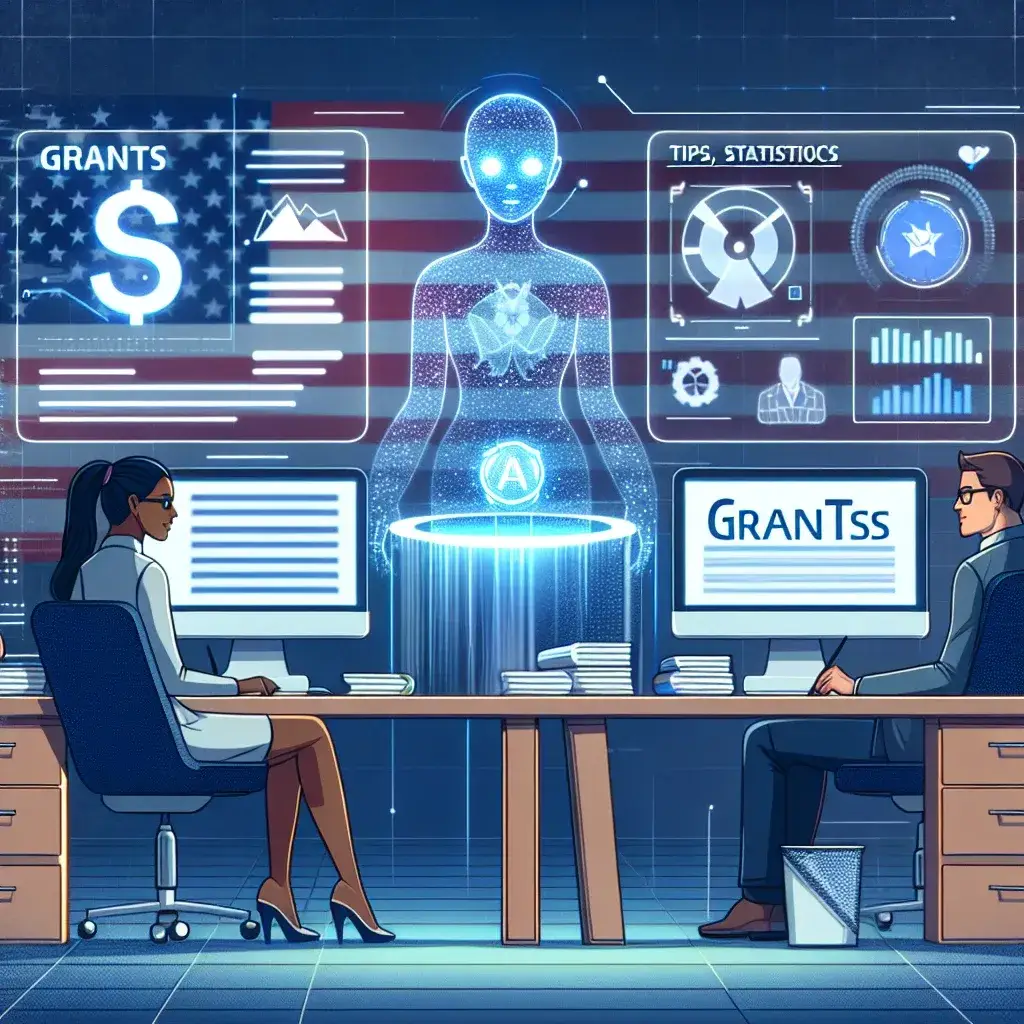Introduction
The nonprofit sector plays a crucial role in addressing societal challenges, but securing funding through grants can often be a daunting task. Salesforce, a leader in customer relationship management (CRM), has announced a groundbreaking solution aimed specifically at U.S. nonprofits: AI-powered grant writing tools. This initiative not only promises to streamline the grant writing process but also enhances the effectiveness of nonprofits in securing vital funding.
Understanding the Need for Grant Writing Tools
In the competitive landscape of nonprofit funding, organizations are increasingly recognizing that effective grant writing is an essential skill. According to the National Council of Nonprofits, over 80% of nonprofits report funding shortages as a significant barrier to achieving their missions. With countless organizations vying for limited resources, the ability to craft compelling grant proposals can make all the difference.
The Challenge of Traditional Grant Writing
Traditional grant writing can be a labor-intensive process, often requiring specialized skills and extensive research. Nonprofits frequently face hurdles such as:
- Lack of expertise in writing persuasive proposals.
- Limited time and resources to dedicate to the grant writing process.
- Difficulties in tracking grant opportunities and deadlines.
- Challenges in aligning project goals with funder priorities.
These obstacles can lead to frustration and missed funding opportunities, underscoring the necessity for innovative solutions like those offered by Salesforce.
Introducing Salesforce’s AI-Powered Grant Writing Tools
Salesforce’s latest initiative leverages advanced artificial intelligence to assist nonprofits in the grant writing process. By automating and enhancing various aspects of grant proposal development, these tools aim to empower organizations to focus on their missions rather than administrative burdens.
Key Features of the AI-Powered Tools
The following features illustrate how Salesforce’s grant writing tools can transform the way nonprofits approach the funding process:
- Automated Proposal Generation: The AI algorithms analyze data from previous successful proposals and utilize it to generate tailored drafts, saving time and ensuring adherence to best practices.
- Research Assistance: Nonprofits can access a comprehensive database of available grants, including eligibility criteria and deadlines, helping them identify the right funding opportunities.
- Collaboration Tools: Salesforce’s platform enables multiple team members to collaborate in real-time, ensuring that all voices are heard and incorporated into the proposals.
- Performance Analytics: The tools provide insights into past grant applications, highlighting patterns that can inform future submissions and increase success rates.
The Historical Context of Nonprofit Grant Writing
Historically, the landscape of nonprofit funding has evolved significantly. From the early days of charitable giving to the present, where structured grant processes dominate, nonprofits have had to adapt to changing expectations and funding mechanisms. The rise of technology in the nonprofit sector has introduced new methodologies, making processes more efficient and data-driven.
The Importance of Data in Modern Grant Writing
The introduction of technology has not only increased efficiency but has also emphasized the importance of data in grant writing. Funders are increasingly looking for quantifiable results and evidence-based proposals. Salesforce’s AI tools meet this demand by incorporating data analytics that highlight an organization’s impact and needs.
Expert Insights on AI in Grant Writing
Industry experts agree that AI’s potential in grant writing is immense. Jane Smith, a nonprofit consultant, states, “AI can provide nonprofits with the tools they need to not only write better proposals but also understand the funding landscape in real-time. This empowers organizations to be proactive rather than reactive.”
The Future of Grant Writing for Nonprofits
Looking ahead, the integration of AI in grant writing is set to redefine the nonprofit landscape. As organizations adapt to these new tools, one can predict several trends:
- Increased Accessibility: Smaller nonprofits will find it easier to compete for grants, leveling the playing field.
- Enhanced Personalization: AI will allow for more personalized proposals that align closely with funders’ missions and priorities.
- Greater Collaboration: Teams will work more cohesively, breaking down silos and fostering a culture of innovation.
Pros and Cons of AI-Powered Grant Writing Tools
Pros
- Saves time and reduces the burden of writing proposals.
- Improves the quality of submissions through data-driven insights.
- Increases access to funding opportunities for various nonprofit sizes.
Cons
- Dependence on technology can lead to a lack of personal touch in proposals.
- Initial investment and training may be required for effective implementation.
Real-Life Examples of Success
Several nonprofits have already begun to integrate AI into their grant writing processes, seeing positive outcomes. The Green Future Initiative, for instance, reported a 40% increase in grant funding after adopting Salesforce’s tools. Their Executive Director remarked, “The AI tools allowed us to focus on our mission while ensuring our proposals were top-notch.”
Conclusion
Salesforce’s unveiling of AI-powered grant writing tools promises to revolutionize the way U.S. nonprofits approach funding. By simplifying the grant writing process and providing data-driven insights, these tools empower organizations to secure the funding necessary to further their missions. As the nonprofit sector continues to evolve, embracing technology will undoubtedly play a pivotal role in shaping its future.

